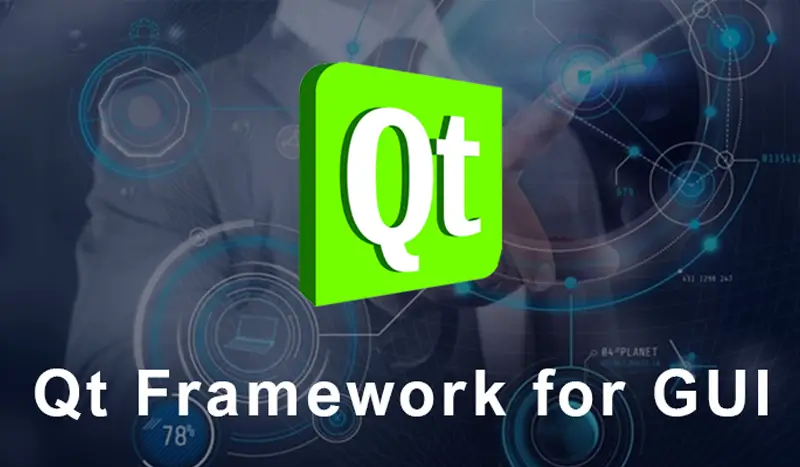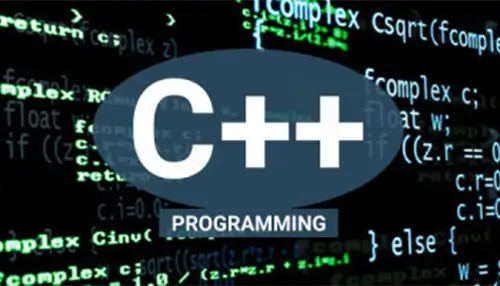Qt is a toolkit for designing cross-platform application and graphical user interface (GUI) applications that can run on a variety of hardware platforms and operating systems. Qt is also known as a widget toolkit because it makes it simple to create software with native-looking GUI using standard C++. It gives developers all of the tools they need to create cross-platform apps with “state-of-the-art” user interfaces. Because Qt is written in C++, it is entirely object-oriented and enables genuine component programming.
Qt framework is touted as “write once, compile anywhere” because it saves time for the developers by requiring them to just write and maintain a single code base in whatever platform they choose to develop in, with the finished software compiling in all other platforms. The Qt framework includes a large number of extremely intuitive and modularized C++ library classes, as well as APIs to make application development easier.
Qt generates code that is extremely legible, manageable, and reusable, with a tiny footprint and good runtime performance and its cross-platform. Qt framework makes use of a command-line tool to read these project files and generate “makefiles” which are files that compilers use to build an application. Qmake is the name of this file.
Qt supports the following platforms-
i. Android
ii. iOS
iii. Embedded Linux
iv. OS X
v. Wayland
vi. X11
vii. VxWorks
Advantages of Qt
1. Keeping a single source tree is a good idea
2. Simple recompilation is used to port an application to different platforms
3. Increasing the number of people who know about a product
4. It enables to develop an application that has native look and feel which can run at a native speed
Qt Framework Essentials
These are APIs and libraries that make up Qt’s foundation. Qt has a large number of fundamental enablers, which are used to create higher-level UI and application development components.
i. Qt Core
ii. Qt GUI
iii. Qt network
iv. Qt QML
v. Qt Quick Dialogs
vi. Qt Quick layouts
vii. Qt D-Bus
viii. Qt Quick
ix. Qt test
Qt GUI
Windowing system integration, event management, OpenGL and that employ OpenGL ES integration, 2D graphics, basic images, fonts, and text are all covered by the Qt GUI module. These classes are utilized by Qt’s user interface technologies internally, but they can also be used directly to develop apps that employ low-level Open GL ES graphics APIs. Qt provides higher-level APIs, such as Qt Quick, for application developers developing user is interfaces that are far more suitable than enablers provided in the Qt GUI module. Linking against the module library, either directly or through other dependencies, is required for using a Qt module.
Cmake and Qmake are two build tools that provide dedicated support for this. Q GUI application and Q Window are the significant classes in the Qt GUI module. These are required by any Qt application that needs to display content on the screen. The main event loop in Q GUI application processes and dispatches all events from the window system and other sources. It’s also in charge of the application’s initialization and shutdown.
In the underlying windowing system, the Q window class represents a window. It has a number of virtual functions for handling windowing system events, such as touch input, exposure, focus, keystrokes, and geometry changes.
Conclusion
Qt is more than just a graphical user interface. Unlike the hundreds of other “Application Framework” that have come before it, Qt is a true application framework. It includes classes for database access, networking, CAN-bus, serial communications, and a slew of additional features that you’ll need to build a complete program.
At OdiTek our developers can design and implement great user interfaces for C++ products that use Qt. Please contact us at info@oditeksolutions.com for further details.







